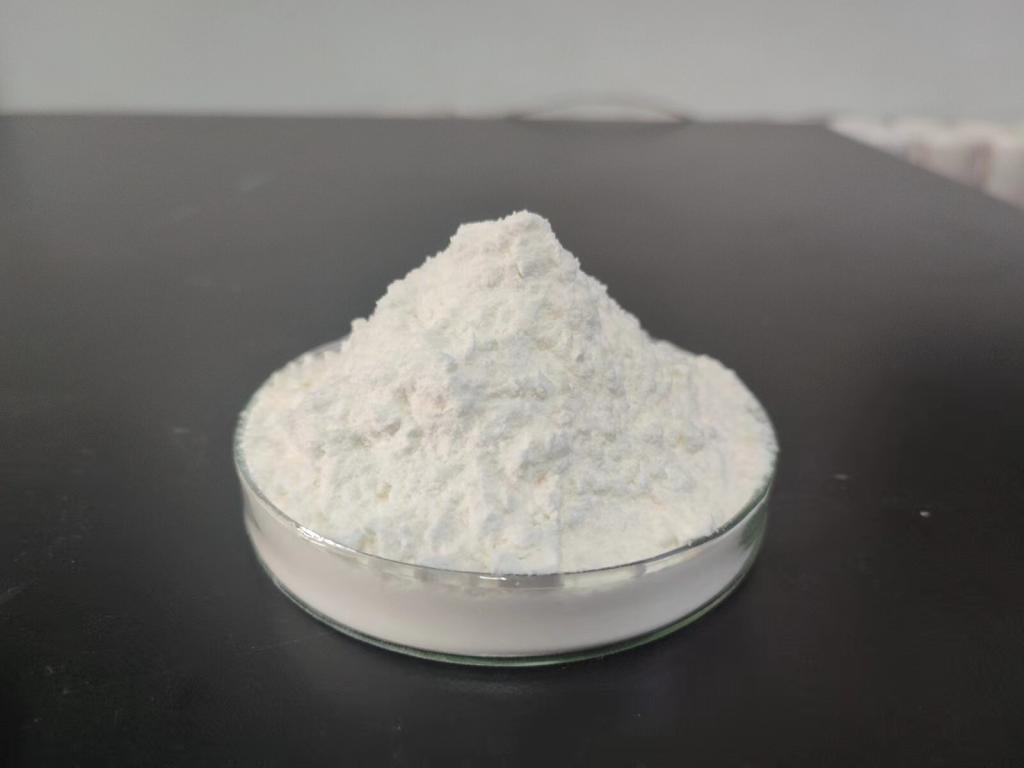Tel:+8618231198596

News
 CONTACT
CONTACT
 CONTACT
CONTACT
- Linkman:Linda Yao
- Tel: +8618231198596
- Email:linda.yao@dcpharma.cn
- Linkman:CHARLES.WANG
- Department:Overseas
- Tel: 0086 0311-85537378 0086 0311-85539701
News
Current Position:
Home >
News
>ε-Polylysine Hydrochloride: A Breakthrough in Combating Foodborne Pathogens
ε-Polylysine Hydrochloride: A Breakthrough in Combating Foodborne Pathogens
TIME:2024-01-10
Introduction:
Foodborne pathogens continue to be a pressing concern in the food industry, necessitating the development of effective antimicrobial solutions. ε-Polylysine hydrochloride, a derivative of polylysine, has garnered attention for its potent antimicrobial properties. This article introduces the reader to the significance of ε-polylysine hydrochloride in combating foodborne pathogens and sets the stage for a comprehensive exploration of its molecular intricacies and applications.
Molecular Structure of ε-Polylysine Hydrochloride:
Understanding the molecular structure of ε-polylysine hydrochloride is crucial for unraveling its antimicrobial efficacy. This section explores the composition and arrangement of amino acids in ε-polylysine hydrochloride, highlighting the unique features that contribute to its stability and functionality as an antimicrobial agent.
Biosynthesis and Production:
ε-Polylysine hydrochloride is typically produced through microbial fermentation, involving strains of bacteria capable of synthesizing this antimicrobial peptide. This section provides insights into the biosynthesis of ε-polylysine hydrochloride, including the key enzymes and microbial strains involved in its production. Understanding the manufacturing process is vital for ensuring consistency and scalability in its application.
Mechanisms of Action Against Foodborne Pathogens:
The efficacy of ε-polylysine hydrochloride in combating foodborne pathogens lies in its intricate mechanisms of action. This section delves into how ε-polylysine hydrochloride disrupts microbial cell membranes, interferes with cellular functions, and inhibits the growth of various pathogenic bacteria. A detailed exploration of these mechanisms sheds light on the compound's broad-spectrum antimicrobial activity.
Antimicrobial Spectrum and Efficacy:
One of the strengths of ε-polylysine hydrochloride is its broad-spectrum antimicrobial activity. This section examines its efficacy against a diverse range of foodborne pathogens, including bacteria, fungi, and viruses. Case studies and research findings showcase the versatility of ε-polylysine hydrochloride in ensuring food safety across different food products.
Applications in Food Preservation:
The primary application of ε-polylysine hydrochloride is in food preservation, where it serves as a natural and effective means of extending the shelf life of various products. This section explores its use in preserving meats, dairy products, beverages, and processed foods. Additionally, it discusses how ε-polylysine hydrochloride aligns with consumer preferences for clean label and natural preservatives.
Synergistic Approaches with Other Antimicrobials:
Combinations of antimicrobial agents often exhibit synergistic effects, enhancing overall efficacy. This section investigates the potential synergies between ε-polylysine hydrochloride and other antimicrobial compounds. Understanding these interactions can lead to innovative approaches in food safety strategies, addressing the challenges posed by evolving microbial threats.
Regulatory Considerations and Safety:
As with any food additive, regulatory considerations and safety assessments are paramount. This section discusses the regulatory landscape surrounding ε-polylysine hydrochloride, emphasizing the importance of adherence to safety standards and the need for rigorous testing. Ensuring the safety of this antimicrobial compound is essential for its widespread adoption in the food industry.
Challenges and Future Perspectives:
While ε-polylysine hydrochloride shows immense promise, challenges exist in terms of taste, formulation, and consumer acceptance. This section explores the current challenges and proposes potential solutions. Additionally, it discusses future perspectives, including advancements in formulation technologies, potential applications beyond food preservation, and continued research on enhancing its antimicrobial efficacy.
Conclusion:
ε-Polylysine hydrochloride represents a breakthrough in combating foodborne pathogens, offering a natural and effective solution for food preservation. From its molecular structure to applications in the food industry, this article provides a comprehensive overview of the compound's potential. As the food industry continues to prioritize safety and innovation, ε-polylysine hydrochloride stands as a promising player in the ongoing quest for global food safety.
- Tel:+8618231198596
- Whatsapp:18231198596
- Chat With Skype







